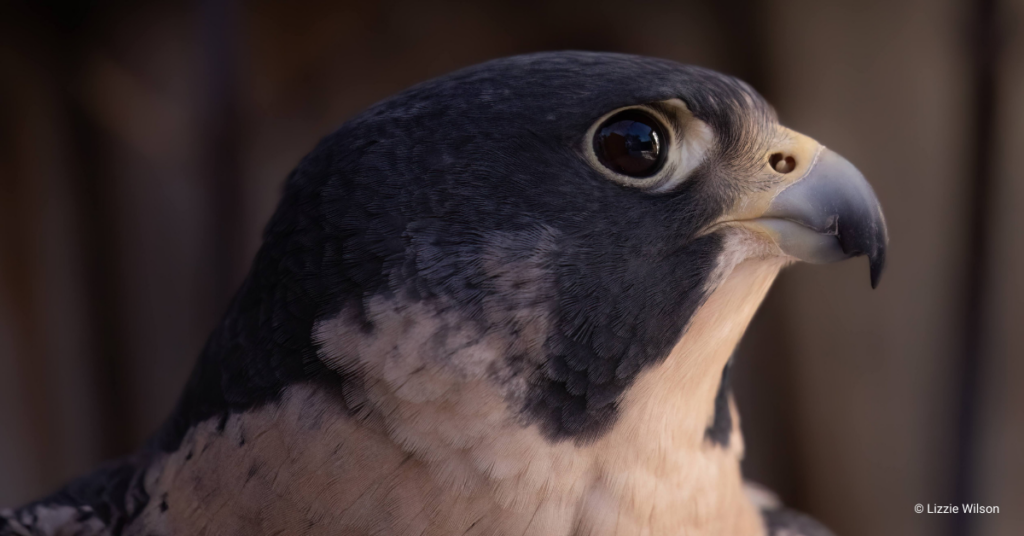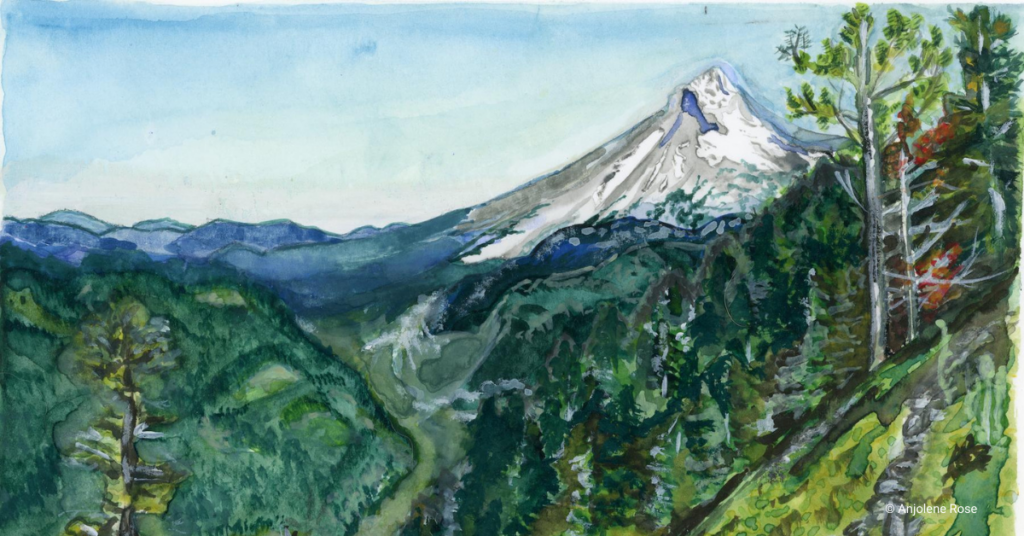2022 was a big year for HawkWatch International, bringing lots of exciting changes with it! Looking back at the past year allows us to see not only our accomplishments but also informs our future plans. We hope you enjoy walking down memory lane with us!
Increased the Number of 2022 Global Raptor Research & Conservation Grant Recipients
This year, due to the increased demand and quality of our 2022 applicant pool, we raised the number of grant recipients from three to four! Three out of four of our recipients are studying species for which there are no published studies, with two specifically focusing on owls. We are excited to play a role in expanding the number of species researched across the globe, particularly those that are so understudied.
Graphic by Evan Buechley

Welcomed Aurora to our Raptor Ambassador Flock
In April 2022, we received fantastic news: a non-releasable Swainson’s Hawk would become our next Raptor Ambassador. Named Aurora for the aurora borealis, or Northern Lights, which can be spotted a the northern end of their range. Although she is unable to fly, she’s able to educate thousands of people a year about the importance of raptor conservation. This year, she and our other Raptor Ambassadors have reached 46% more people year-over-year after a full return to in-person programming following the COVID-19 pandemic.

Launched the new HWI Store
Remember when you used to worry about whether we had your size in stock? Or wonder where your order was? We launched a new print-on-demand store to bring better inventory and designs to you. We’re also now shipping to Canada! We’re excited to outfit your whole family in 2023 😉

Launched Blade Painting Research Project
With increasing investment in wind energy across the globe, there is an increased risk to large birds like raptors. HWI has worked to mitigate this risk in a number of ways, and this spring, launched a project to investigate the effectiveness of painting wind turbine blades.
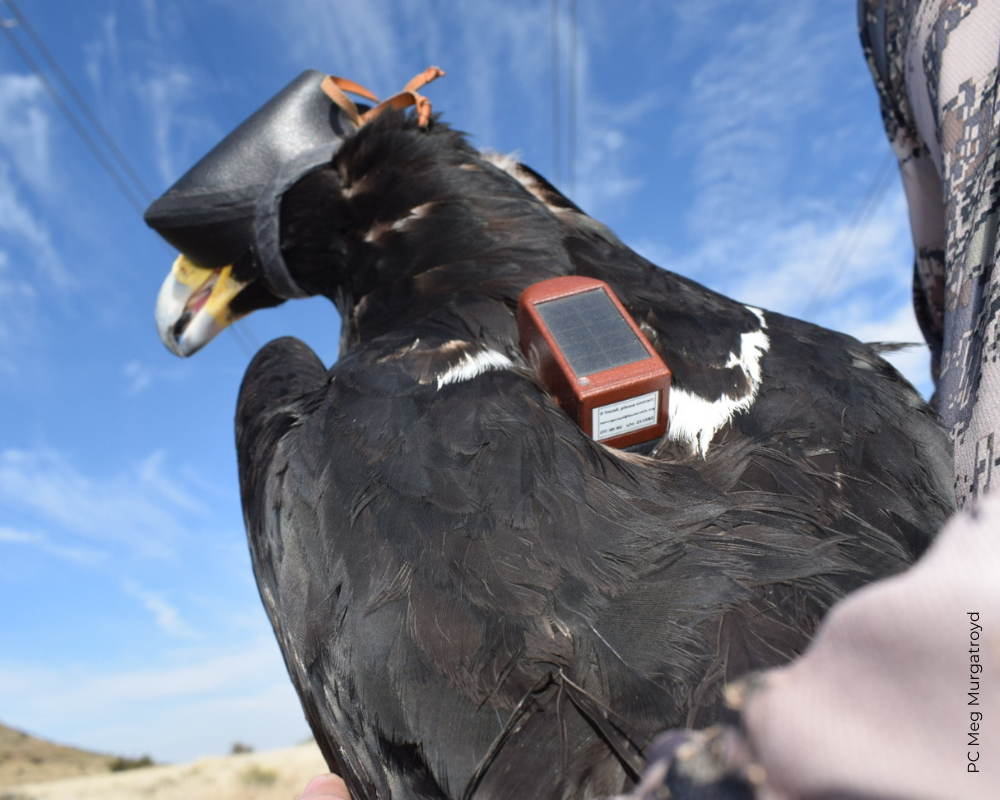
Successfully Completed Our First EarthWatch Season Since 2019
We fielded 11 community science teams in Arizona and Utah in 2022. This included 86 wonderful people from 16 states and 4 countries. Teams collected data from 42 cavity plots, mapped 381 tree hollows, conducted 144 night-time surveys, helped monitor over 20 nests (of 5 different species), and band nearly 100 owls. We also welcomed 2 Doris Duke Conservation undergraduate scholars, launched a dissertation project studying micro-climates in tree hollows, and continued graduate work focused on Flammulated Owl foraging ecology. This all feeds into our long-term efforts to study demography for 6 species of small owls and how it relates to forest type, cavity-availability, and climate change.
Photo by Curtis Creager
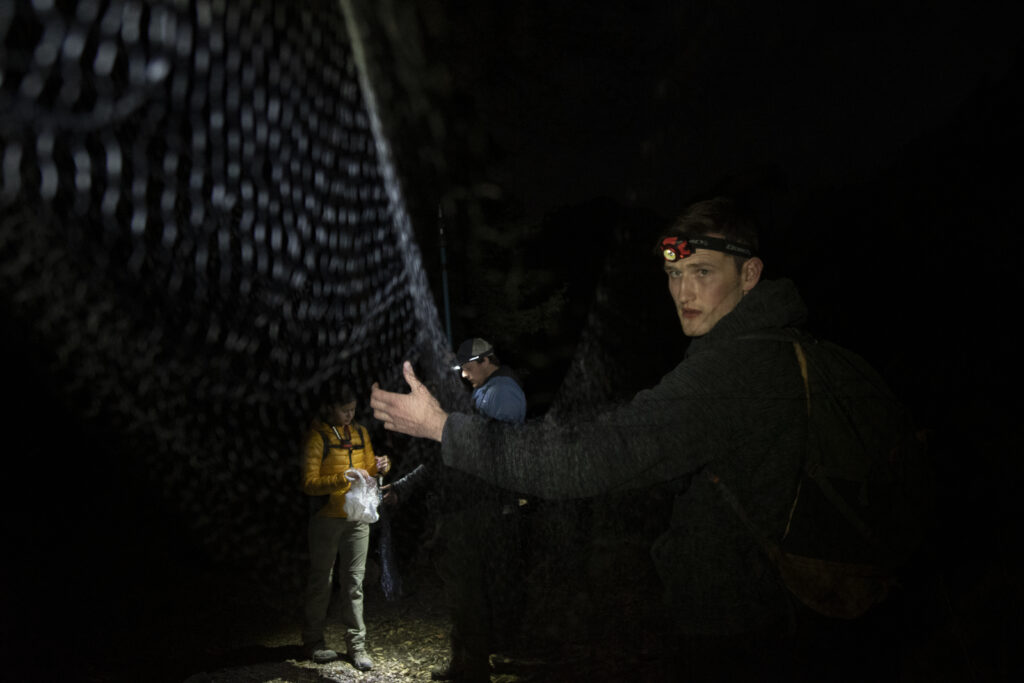
Created a Self-Care Stipend For Our Staff, Thanks to Your Support
There is one thing for sure that we have in excess at HawkWatch International: passionate people. Thanks to your support, we began offering a self-care stipend this year to better support our staff who do so much for raptor conservation.
Photo by Kat Danella
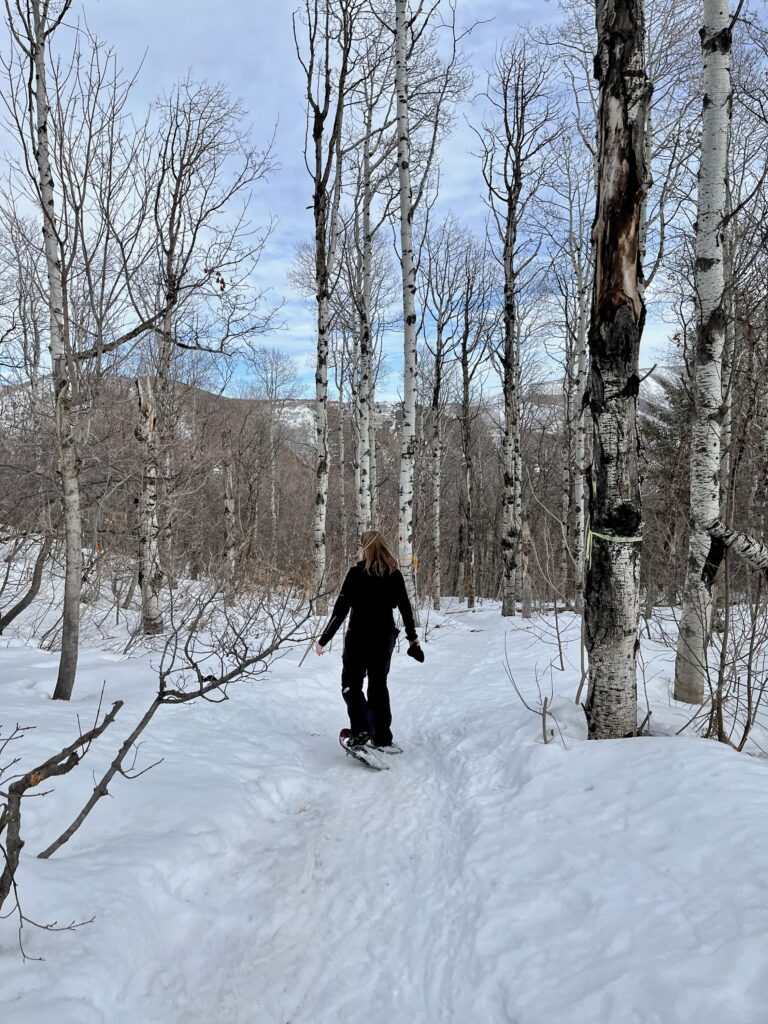
Dr. Murgatroyd Nominated for Prestigious Award
This fall, officials from the Indianapolis Prize selected Dr. Megan “Meg” Murgatroyd as one of 10 finalists for the newly created Emerging Conservationist Award. This award recognizes professional wildlife conservationists, biologists, and scientists under the age of 40 years who are working to save animal species from extinction. If selected, Meg plans to use the funding to expand her Black Harrier research in South Africa.
Photo by Chris Vennum
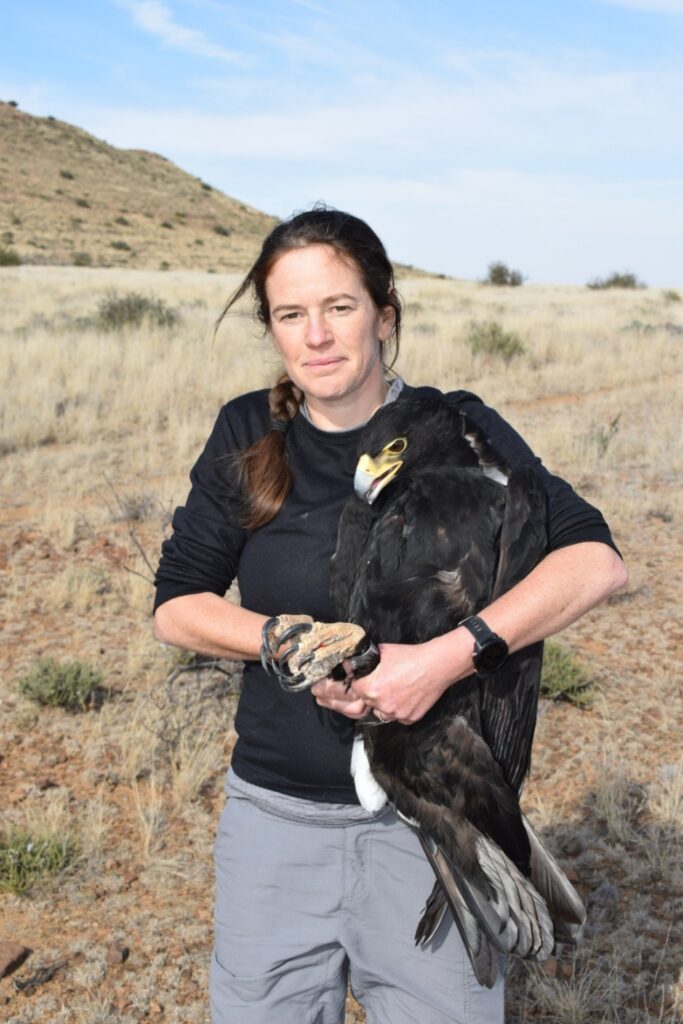
Wrapped up the Global Raptor Research & Conservation Grant’s Inaugural Projects
Our 2021 Global Raptor Research and Conservation Grant submitted their final projects, officially wrapping up our first grant cycle. From India to Ghana, our recipients have made great strides toward conserving the world’s most endangered raptors and set the standard for our 2022 applicants. We can’t wait to see what they do next!
Photo by Erick Cardona
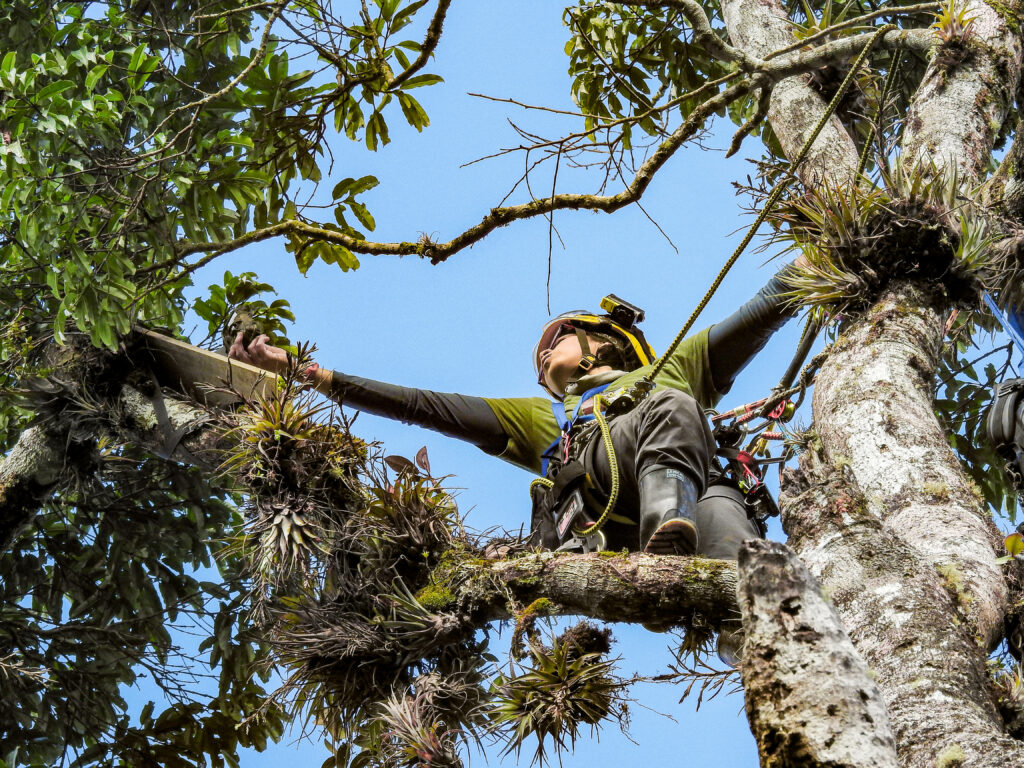
Awarded the First Jerry Liguori Scholarships
This year, we started a scholarship in honor of our friend, Jerry Liguori, and announced the inaugural winners! We hope Jerry’s legacy and dedication to raptor conservation will live on through our awardees’ research. The scholarship supports research, professional development, and educational experiences centered around raptor migration, identification, and natural history. We look forward to sharing our three recipients’ research progress with you soon.

Melissa Halvorsen Awarded the Utah Informal Science Educator of the Year Award
HawkWatch International Education & Outreach Director Melissa Halvorsen was selected as the Utah Informal Science Educator of the Year. This award recognizes one Utahn who educates students in Utah about science outside of a formal classroom teacher role. Melissa was recognized for her work providing informal science education programs and advocating for the importance of informal science education.
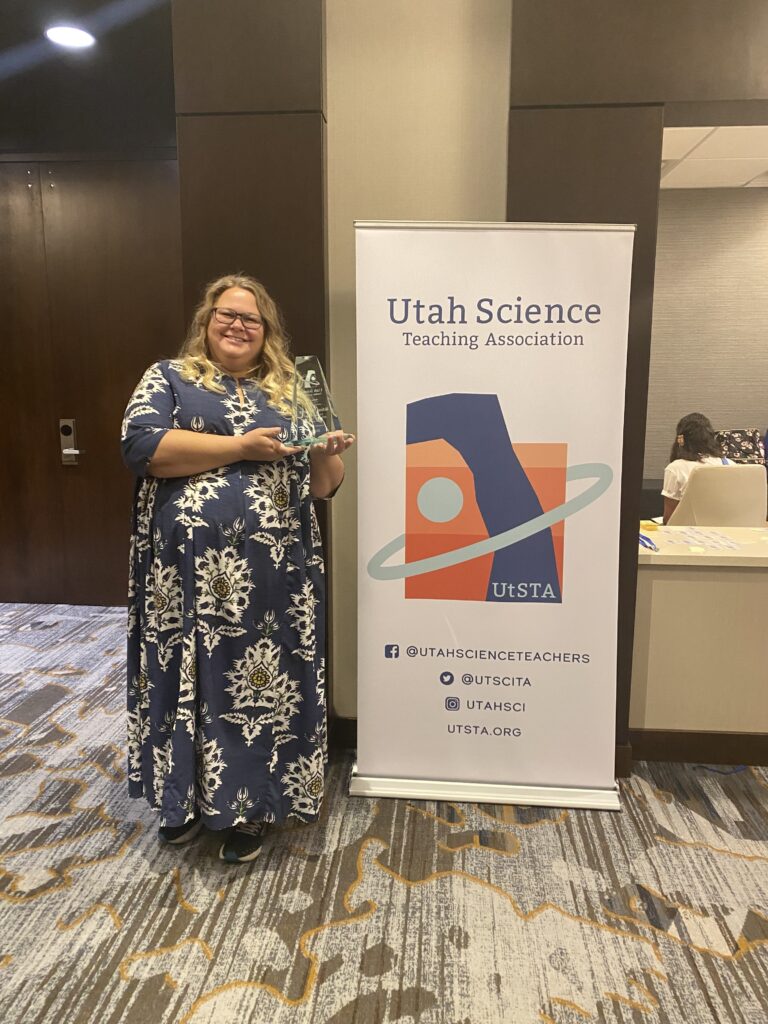
Presented New Research on American Kestrels at Raptor Research Foundation Conference
Three of our staff—Jessica, Jesse, and Nicole trained raptor biologists during an advanced workshop on molt at the Raptor Research Foundation conference in Fort Lauderdale this fall. Jessica and Jesse also delivered two talks on our American Kestrel research. This year, our team of 3 American Kestrel Conservation Interns, four HWI biologists, and 75 community scientists monitored 143 Kestrel nests and 17 Western Screech-owl nests from study sites in Utah, Arizona, and Idaho. We also banded 491 kestrels and collected 225 blood samples as part of our long-term work on rodenticide impacts on kestrel populations. We deployed 39 tracking devices on adult kestrels and recovered 30 of these as part of a graduate project focused on understanding kestrel space use. Last, we deployed cameras at 13 nests and collected nearly 2000 hours of footage to document kestrel food habits in different landscapes.
Photo by Nicole Richardson

This blog was written by Rachel Boe, HWI’s Graduate Assistant for the 2022-2023 school year.

